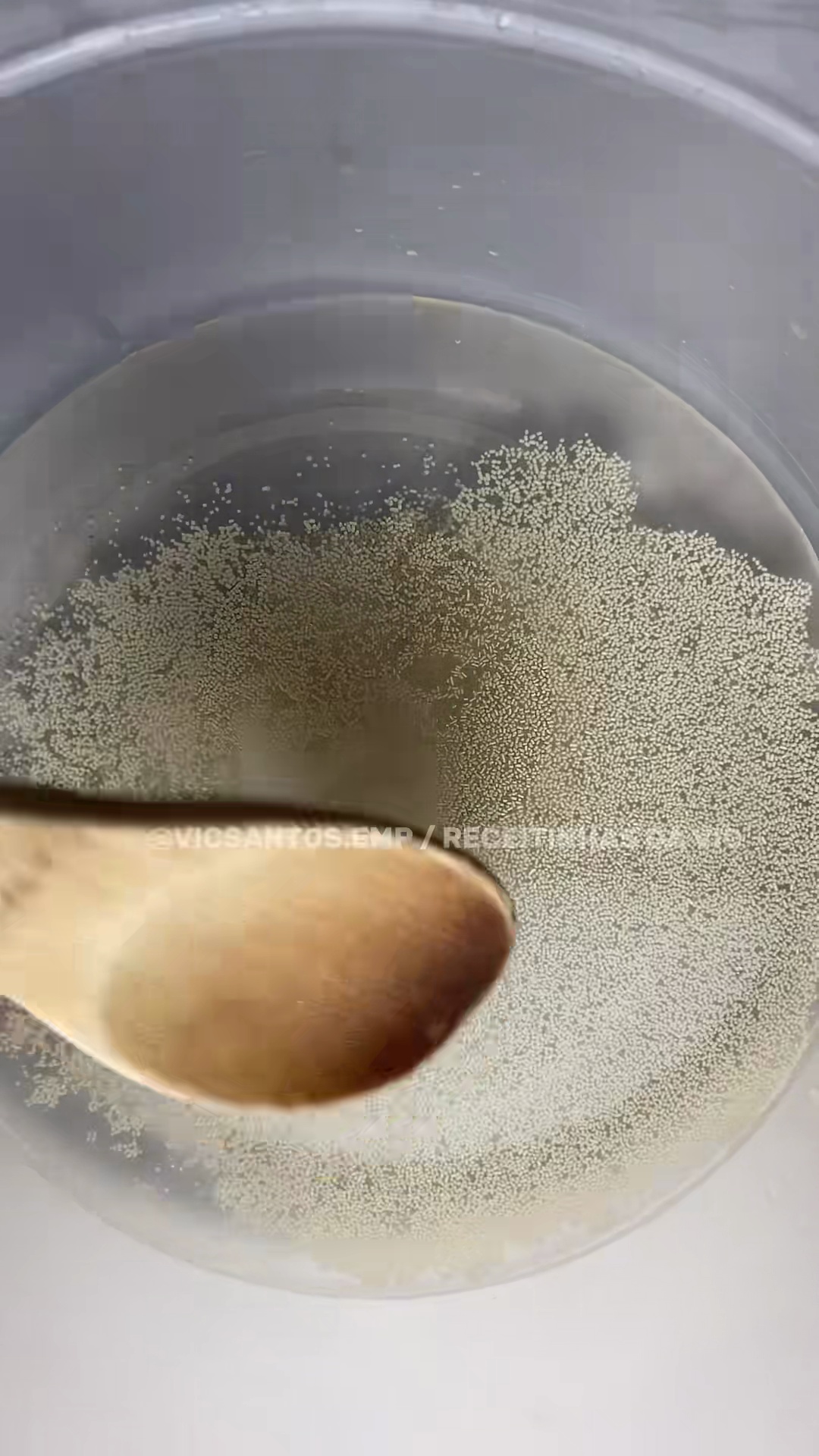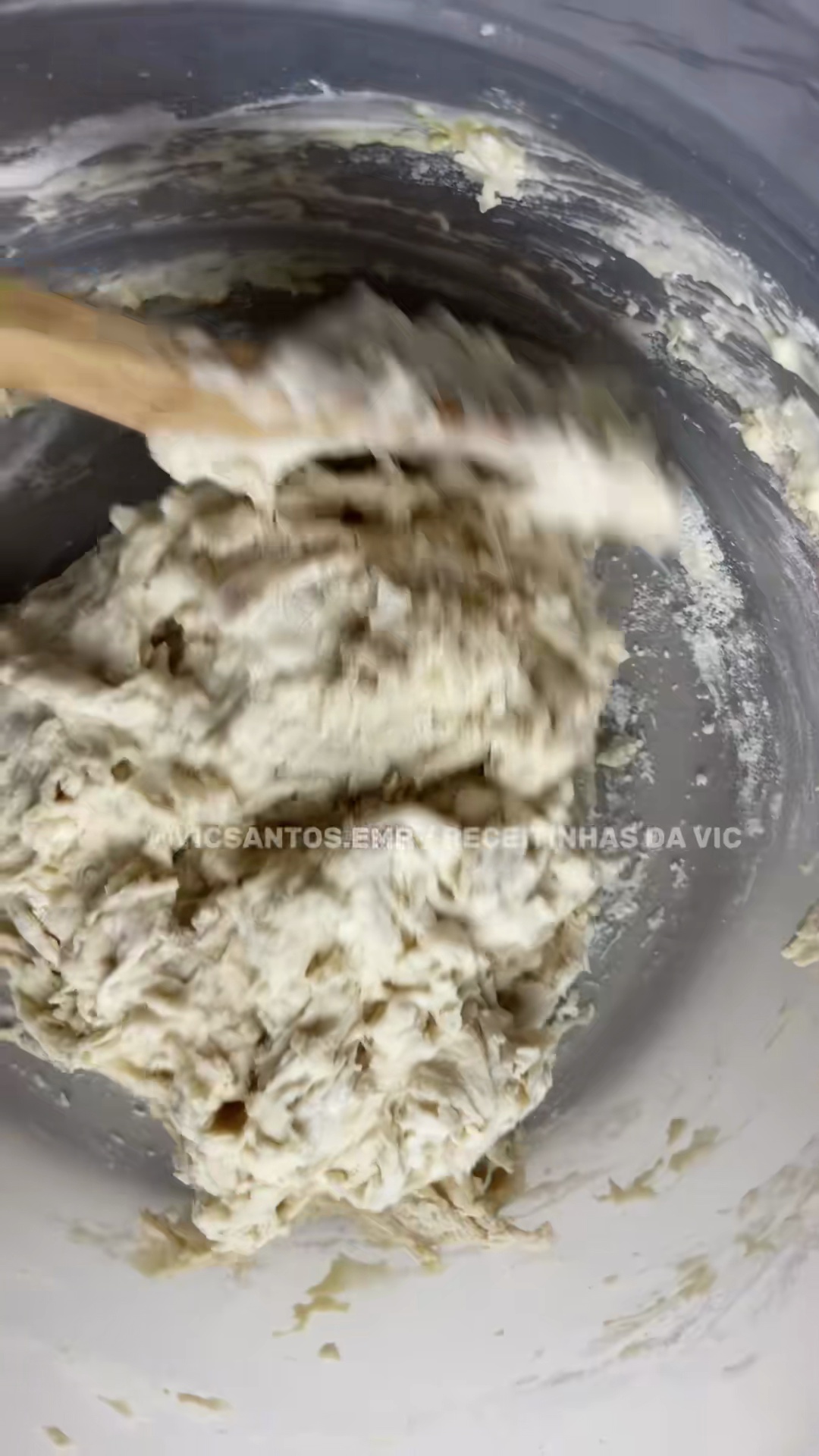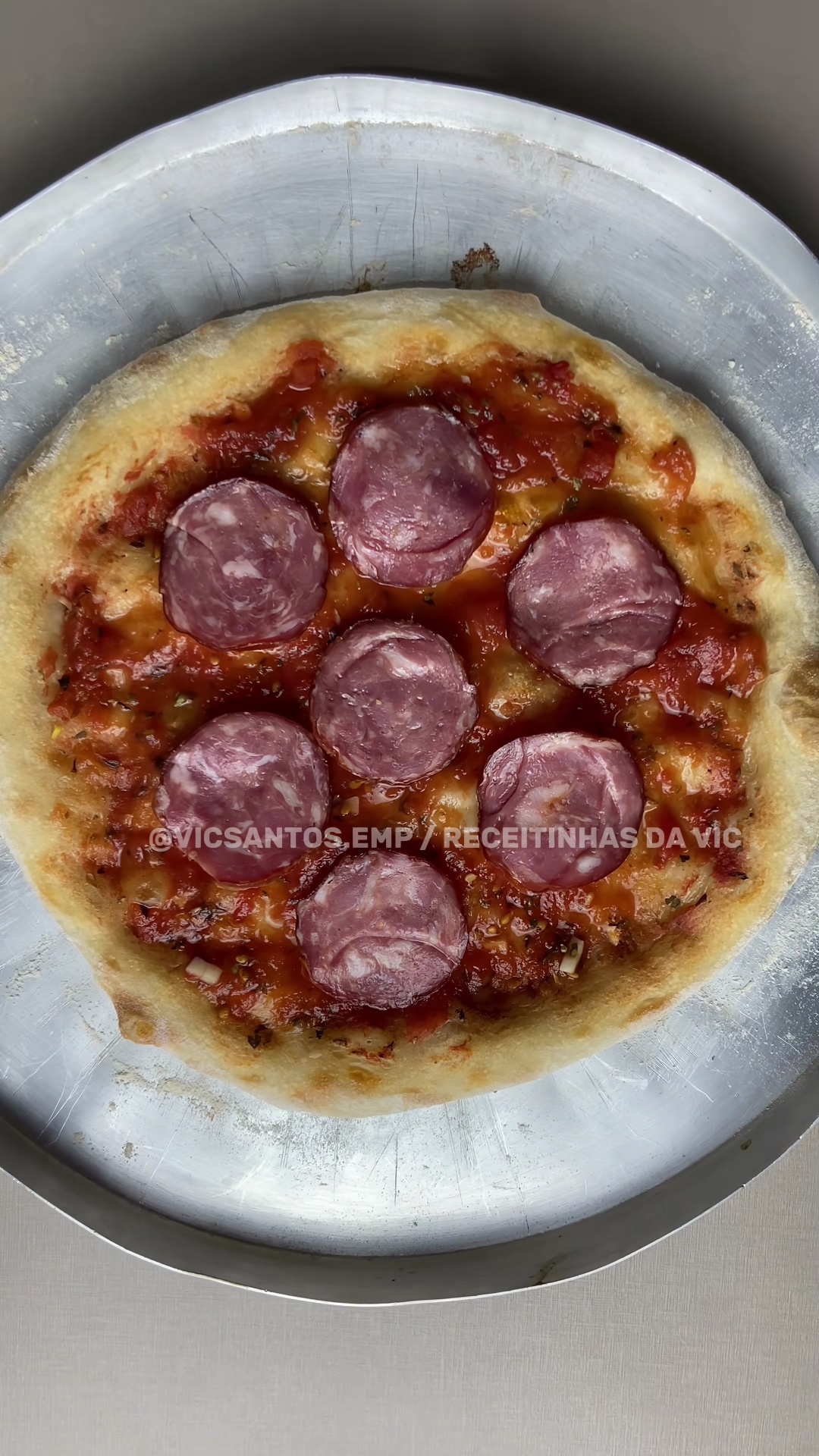Back to Italian Recipes
Author:
vicsantos.emp
TikTok
3M
235K
A Melhor Massa de Pizza do Mundo (The Best Pizza Dough)
This recipe guides you through making the 'best pizza dough in the world' using a long fermentation method. It results in a light, airy, and flavorful crust, perfect for any homemade pizza. The process involves simple ingredients and patience, primarily for the long rise, which develops deep flavors and a wonderful texture. This dough can be prepared a day in advance, making pizza night easy and delicious.
#Pizza
#Dough
#Italian
#Bread
#Fermentation
#Homemade
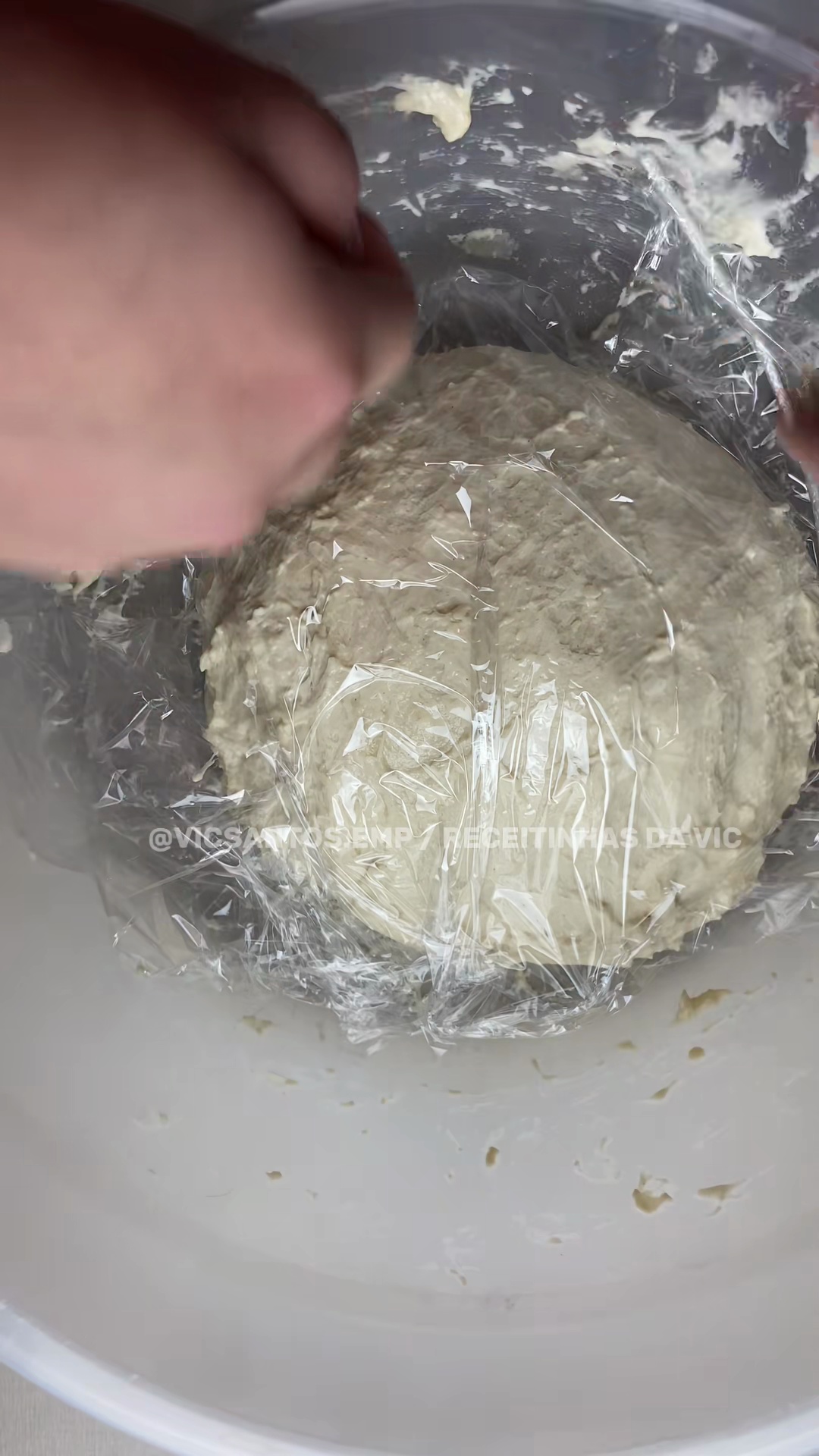
Kneaded dough
Recipe Information
33m
Prep Time
20m
Cook Time
13h 53m
Total Time
4
Servings
Medium
Italian
Portuguese
Nutrition (per serving)
510
Calories
12g
Protein
87g
Carbs
7g
Fat
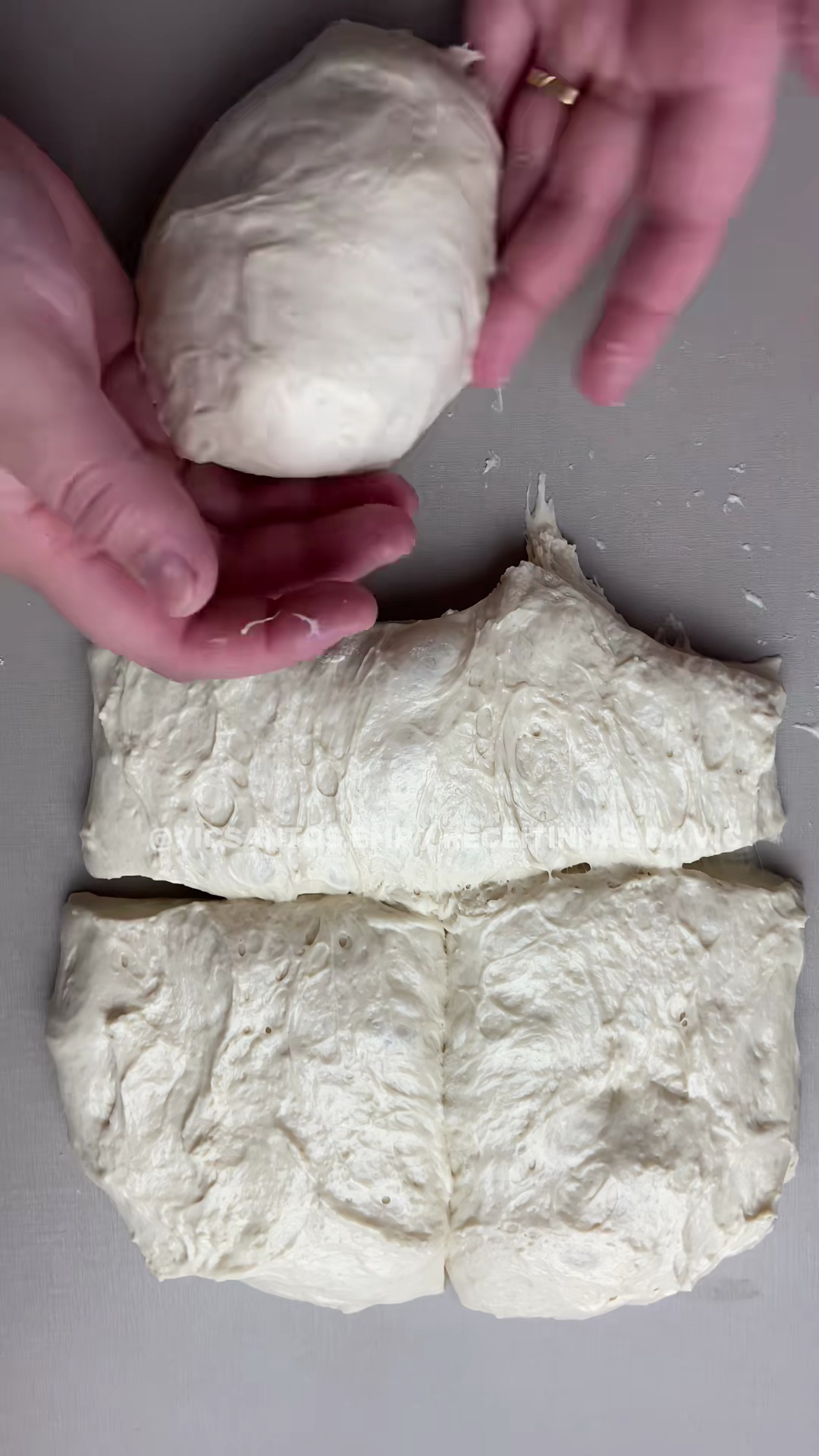
Dough in a bowl for rising
Ingredients
Servings: 4
💡 Tip: Check off ingredients as you add them to keep track of your progress!
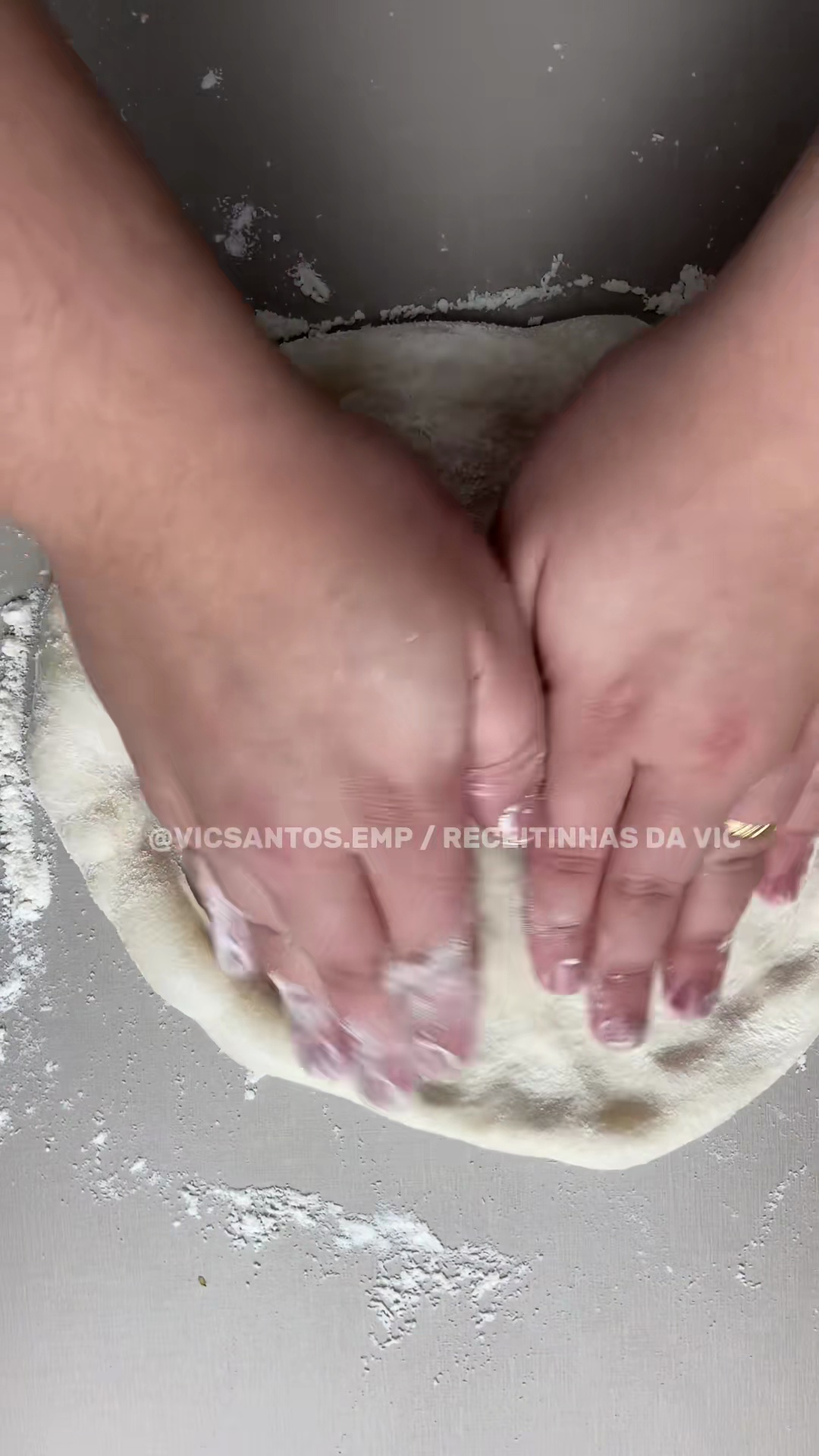
Risen dough being handled
Instructions
0/7 completed
0%
💡 Tip: Click on any step to mark it as completed and track your cooking progress!



